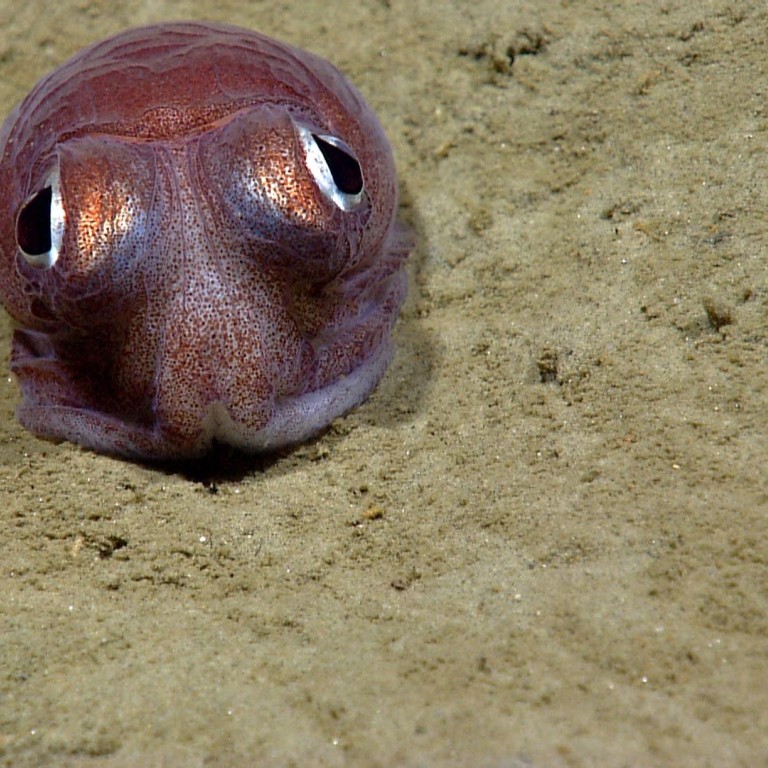
Deep Sea TV the latest reality show to plumb new depths
Robotic submarine streams daily live coverage from 3,000 metres below, drawing 50,000 viewers to a show scientists call Deep Sea TV
Vicious fights! Stunning beauties! Surprises around every corner! Yes, it's reality TV but with a lot more depth - as much as 3,000 metres.

They're watching an eel suddenly attack a squid, oohing and aahing over hot pink starfish and listening as excited researchers discover a canyon so downright alien that sea life lives on methane escaping from the sea floor instead of sunlight.
They're watching science as it happens, however weird and wild.
"We've been calling it Deep Sea TV," says US National Marine Fisheries Services scientist Martha Nizinski, in a ship-to-shore interview.
"It's much better than any other reality show being broadcast."
For years, the world of the deep sea floor has mostly been the province of scientists. A handful of researchers would huddle on a ship and watch the video from below, take notes, and two or three years later write a scientific paper.
Leona McKinney of Hiram, Georgia, started watching from home over three weeks ago.
"I've watched every day since then. In fact, I'm watching now. I'm hooked on it," she said in a phone interview.
The expedition, which costs about US$40,000 a day, continues until August 16. As the robotic sub roams the Atlantic Ocean off Massachusetts, scientists can call in or send messages with requests to see this or that.
In past years, the ship explored the Pacific Ocean, but the next several missions will be off the east coast, with officials considering a deep Puerto Rico trench dive in the winter - with live coverage, of course.
Aboard the ship, researchers do more than watch; they explain the science and the action for viewers.
"It's a bit like colour commentary from sports," says US Geological Survey scientist Amanda Demopoulos, whose voice is often heard calling the underwater action.
"These are mysterious ecosystems. We don't always know what we're going to find."
The expedition seems to be gaining a group of loyal viewers, Nizinski said. "We're giving everybody a really good diversion and keeping them from doing their work."
On the ship's Facebook page, comments from viewers include raves from McKinney, who's become a fan of some of the commentators.
"I love it when they say 'Ooh, I haven't seen that before'," McKinney said.
One of the highlights for her: Watching an eel circle an unsuspecting squid, attack and bite its would-be-lunch. The squid played dead and then suddenly escaped.
For John McDonough, the NOAA's acting chief of exploration, it's that sense of surprise that makes the ocean view more compelling than the Kardashians.
"It's a reality show, but it's more real than reality. You don't know what you're going to witness in one of those dives."
